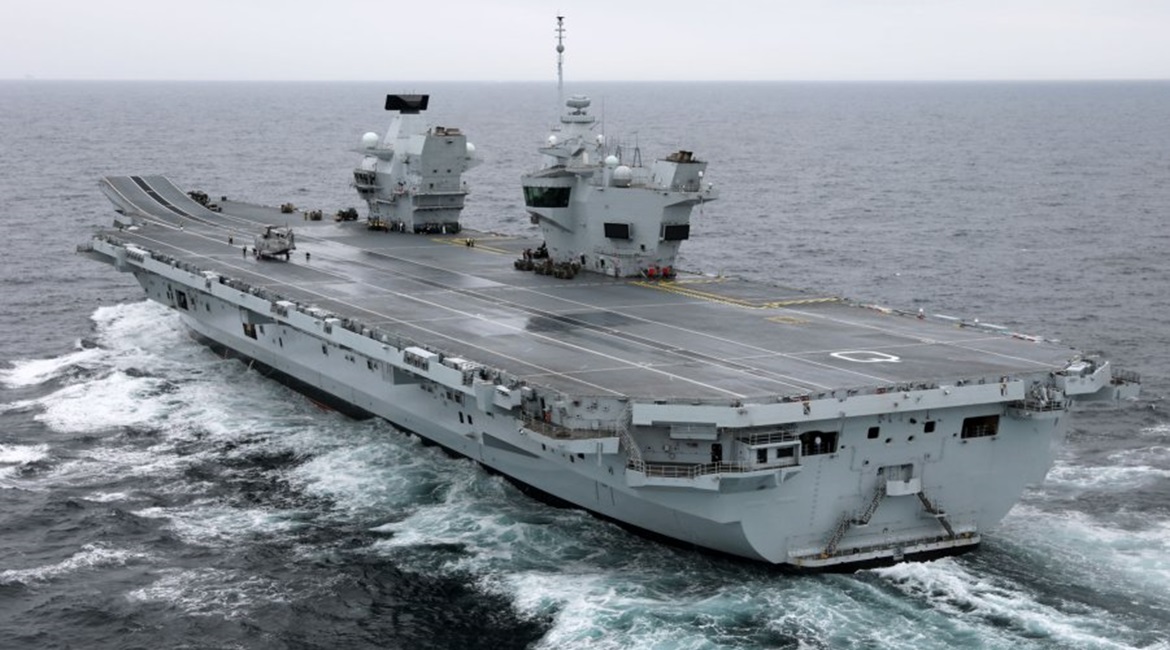
Delays to the Crowsnest airborne surveillance and control (ASaC) programme and lack of timely investment in critical support, sustainment, and logistics enablers threaten to constrain the UK’s Carrier Strike capabilities, according to the National Audit Office (NAO).

The NAO has warned of delays in the UK’s Carrier Strike capabilities caused by delays in supporting elements (photo of HMS Queen Elizabeth). (Crown copyright)
In a report published on 26 June, the public spending watchdog also warned that the Ministry of Defence (MoD) had still to develop a full understanding of what Carrier Strike will cost to operate and support over the long term.
Carrier Strike is the umbrella term used to describe the system-of-systems capability to deploy fixed-wing offensive air power from aircraft carriers, and is the first step towards a more comprehensive Carrier Enabled Power Projection (CEPP) capability. The UK is introducing a new Carrier Strike capability based around the Royal Navy’s (RN’s) two new Queen Elizabeth-class (QEC) aircraft carriers, the F-35B Lightning II short take-off and landing strike fighter, and the Merlin Crowsnest ASaC system. The new carriers will form the centrepiece of a carrier strike group (CSG) also comprising escorts, a nuclear-powered attack submarine, and support shipping.
Carrier Strike is currently planned to achieve initial operating capability (IOC) at the end of December 2020. A first operational deployment, known as CSG21, is planned to see HMS Queen Elizabeth lead a strike group into the Indo-Pacific region next year.
Looking to read the full article?
Gain unlimited access to Janes news and more...




